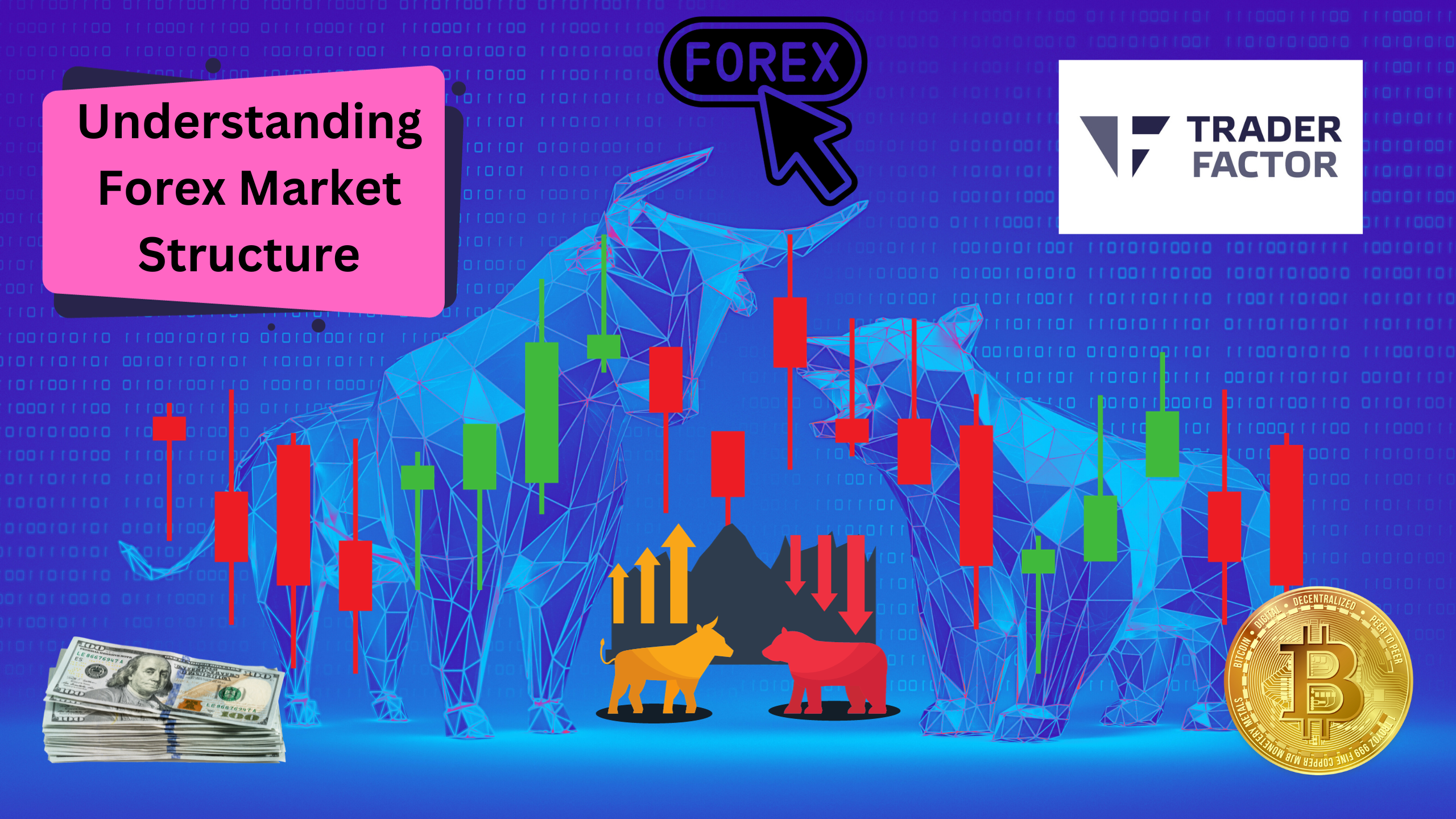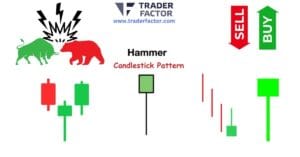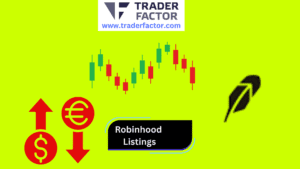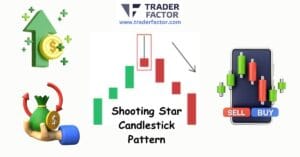Understanding the various aspects of the foreign exchange (forex) markets can be daunting. But with some insight into its foundations, components and dynamics, you’ll have an easier time developing optimal strategies.
This comprehensive guide covers every aspect of forex market structure; from economic drivers and central bank influences, to different types of traders and charting tools.
Prepare to learn everything you need to know about this complex environment and increase your chances of making profitable trades.
Table of Contents
ToggleParticipants of Forex Markets Structure
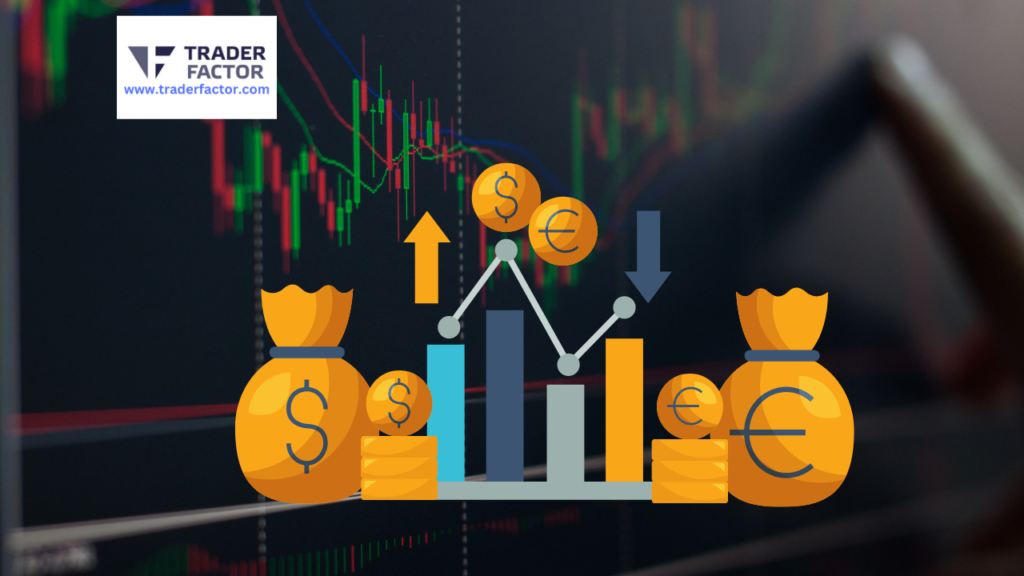
The foreign exchange market, commonly called the Forex market, is the largest and most liquid financial market globally.
It involves the buying and selling of currencies from different countries, with participants ranging from central banks to commercial banks, multinational corporations, retail traders, and institutional investors.
The Forex market’s importance in the global economy cannot be overstated as it facilitates international trade and investment, which are crucial for economic growth.

Central Banks and Government
Central banks are one of the most influential groups in the Forex market. They oversee monetary policy and regulate the supply of money in their respective countries, which can affect currency valuations.
For example, the Federal Reserve Bank in the United States has a significant impact on the value of the US dollar by adjusting interest rates and implementing quantitative easing programs.
Commercial Banks
Commercial banks act as intermediaries between buyers and sellers, facilitating transactions and providing liquidity. They also engage in speculative trading to generate profits. For instance, JPMorgan Chase & Co. is known for its large-scale Forex trading operations that generate substantial profits.
Multinationals
Multinational corporations play a major role in the Forex market as they engage in cross-border transactions that require exchanging one currency for another.
As such, they often engage in hedging to manage currency risks. For instance, Apple Inc. hedges its currency risk exposure by using financial instruments such as forwards and options.

Retail Traders
Retail traders, or individual traders, represent a significant portion of the Forex market. They trade currencies for profit, often using fundamental and technical analysis to make trading decisions.
Retail traders can access the Forex market through various platforms such as online brokers. For example, a retail trader might use MetaTrader 4 to execute trades and monitor price movements.
Institutional Traders
Institutional investors such as hedge funds, pension funds, and asset management firms also participate in the Forex market. They have substantial financial resources and employ sophisticated trading strategies such as algorithmic trading and high-frequency trading.
For instance, Bridgewater Associates LP is one of the world’s largest institutional investors and has a significant Forex trading operation.
Different Types of Forex Market Structures
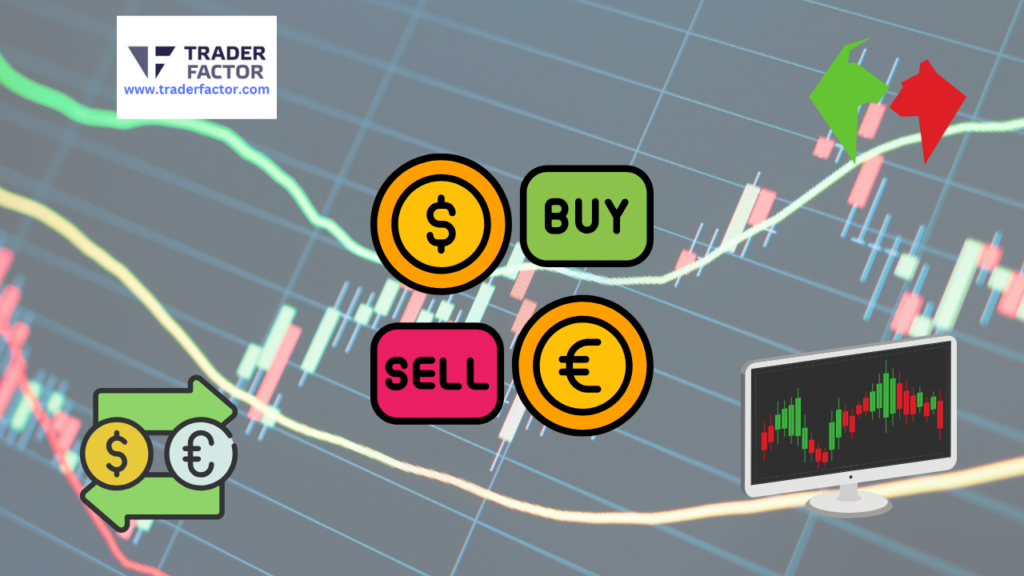
The Forex market is a dynamic and complex environment that offers various opportunities for traders and investors to generate profits.
Different types of Forex market structures can impact the trading strategies that traders use to participate in the market. Here are some of the most common Forex market structures:
Trending Market
A trending market is characterised by a consistent and directional price movement in one direction. Traders in this market structure typically use momentum indicators such as moving averages to identify the trend’s direction and enter positions accordingly.
An example of a trending market could be the USD/CAD currency pair where the US dollar gradually appreciates against the Canadian dollar.

Ranging Market
In a ranging market, prices move within a specific range without breaking out of that range. Traders in this market structure often use support and resistance levels to identify entry and exit points.
An example of a ranging market could be the EUR/GBP currency pair where the exchange rate has been moving between 0.8400 and 0.8600 for an extended period.
Breakout Market
A breakout market occurs when prices break out of a specific range or price level. Traders in this market structure use technical analysis to identify key levels and anticipate potential breakouts.
An example of a breakout market could be the AUD/USD currency pair, where the exchange rate breaks above a significant resistance level and enters a new bullish trend.

Volatile Market
A volatile market is characterised by rapid and significant price movements, often caused by unexpected news events or economic data releases. Traders in this market structure often use stop-loss orders to manage their risk exposure.
An example of a volatile market could be the GBP/USD currency pair during the Brexit vote, resulting in significant price swings.
Sideways Market
In a sideways market structure, prices move within a narrow range with no clear trend. Traders in this market structure often use oscillators such as the Relative Strength Index (RSI) to identify overbought and oversold conditions.
An example of a sideways market could be the USD/JPY currency pair, where prices have been relatively stable for an extended period.
Role of Central Bank in Shaping Forex Market Structure
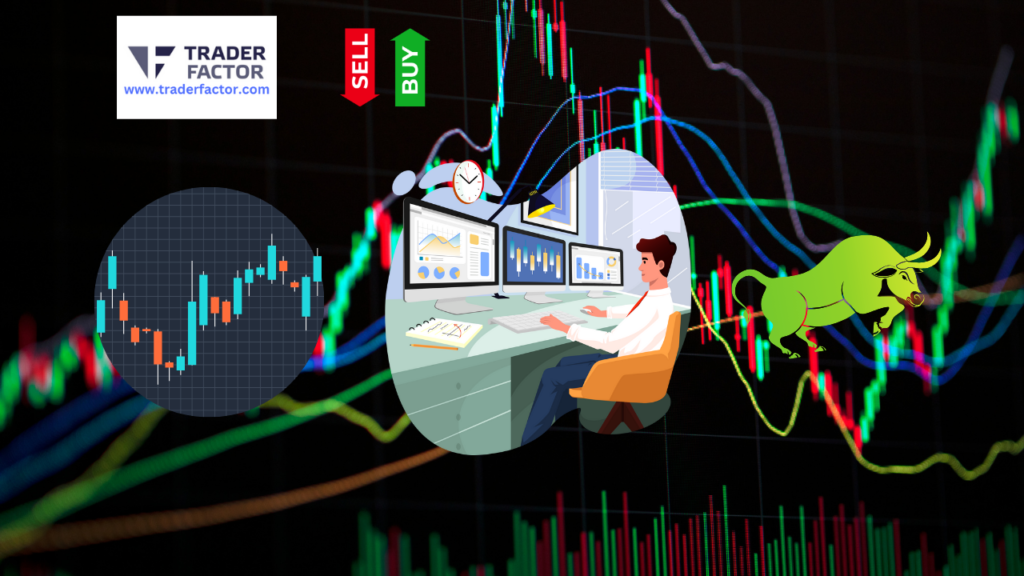
Central banks play a crucial role in shaping the forex market structure through various means, including monetary policy decisions, currency interventions, reserve management, and regulatory oversight.
Monetary Policy Decisions
By setting interest rates and adjusting inflation targets, central banks can influence exchange rates and the value of their domestic currencies. For example, when the Federal Reserve raises interest rates, it can make the US dollar more attractive to investors, which can strengthen the currency.
Currency Interventions
Currency interventions refer to central bank actions to buy or sell their country’s currency in the foreign exchange market.

Central banks do this to stabilize exchange rates or address imbalances in the market. For example, in 2011, the Swiss National Bank intervened in the forex market by fixing a minimum exchange rate of 1.20 Swiss francs per euro to prevent the value of the franc from rising too high against the euro.
Reserve Management
By holding foreign currency reserves, central banks can smooth out volatility in the market and reduce the impact of sudden shocks or crises.
For example, China holds the largest foreign currency reserves in the world, which gives it significant influence over the exchange rates of major currencies like the US dollar and the euro.

Regulatory Oversight
Central banks work to ensure that market participants comply with regulations, such as reporting requirements and capital adequacy standards.
Additionally, they may impose restrictions on foreign exchange transactions to limit currency speculation and protect their country’s economy.
Impact of Major Economic Events on Forex Market Structure

The forex market is highly sensitive to major economic events as they can drastically alter the market structure and affect currency values. Here are some examples of major economic events and their impact on the forex market.
Interest Rate Decisions
Central banks use interest rates to control inflation and stimulate economic growth. When a central bank raises interest rates, it typically attracts foreign capital, which leads to an appreciation of the domestic currency.
Conversely, when interest rates are lowered, the currency typically depreciates.
For example, in March 2020, the US Federal Reserve cut interest rates to near zero due to the impact of the COVID-19 pandemic. This led to a depreciation of the US dollar against other major currencies like the euro and yen.

Gross Domestic Product (GDP)
GDP measures the value of all goods and services produced in a country and is a key indicator of economic health. A strong GDP often leads to a stronger currency, while a weak GDP can lead to a weaker currency.
For example, in 2019, India’s GDP growth slowed to a six-year low of 4.5%, which caused the Indian rupee to weaken against the US dollar.
Inflation Data
Inflation measures the rate at which prices for goods and services increase and is closely monitored by central banks. Higher inflation can lead to higher interest rates and a stronger currency, while lower inflation can lead to lower interest rates and a weaker currency.
For example, in 2018, Turkey experienced high inflation rates of over 20%, which led to a depreciation of the Turkish lira.
Trade Data
Trade data, such as balance of payments and trade deficits, can also impact currency values. A trade deficit occurs when a country imports more goods and services than it exports, which can lead to a weaker currency.
For example, in 2018, the US trade deficit with China reached a record high, which led to a depreciation of the US dollar against the Chinese yuan.

Political Events
Political events, such as elections and geopolitical tensions, can also impact the forex market.
For example, in 2016, the Brexit referendum caused the British pound to plummet against other major currencies like the US dollar and euro due to uncertainty surrounding the UK’s future relationship with the EU.
Overall, global markets experienced major downturns lasting until September 2022, primarily due to macroeconomic issues like inflation caused by energy prices and rising interest rates. The political uncertainty stemming from the Russian-Ukraine war also contributed to the market decline.
Impact of Technological Advancements on Forex Market Structure
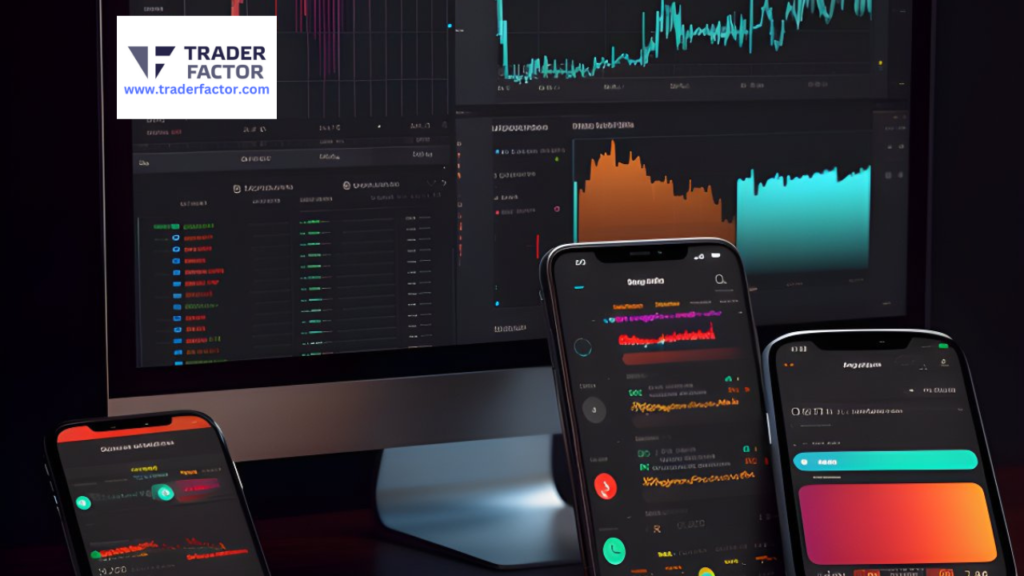
Technological advancements have had a significant impact on the structure of the forex market, resulting in changes in market dynamics and the behavior of market participants.
Here are some key examples of how different technological innovations have impacted the forex market:
Electronic Trading Platforms
Electronic trading platforms, also known as electronic communication networks (ECNs), have transformed the way traders access the forex market. Before the advent of electronic brokers and trading platforms, most trades in the forex market were executed via phone or other traditional means.
Now, traders can place orders using a computer or mobile device with access to the internet. This has led to increased transparency and efficiency in pricing and trade execution.

Algorithmic Trading
Algorithmic trading involves using computer programs to execute trades automatically based on predefined rules. This has become increasingly popular in the forex market, as it allows traders to execute trades at high speeds and with greater consistency.
It also enables traders to take advantage of small price movements that would be difficult to spot manually.
High-Frequency Trading
High-frequency trading (HFT) is a type of algorithmic trading that involves executing thousands of trades per second. HFT relies on low latency connections and powerful computing hardware to make split-second decisions and execute trades at lightning speeds.
HFT has significantly increased market liquidity and reduced transaction costs, but also raises concerns about market stability and fairness.
Big Data and Analytics
Big data and analytics tools enable traders to analyse large sets of data to identify trends and patterns in the market. This information can be used to inform trading strategies and improve decision-making.
Big data and analytics have become increasingly important in the forex market, as traders seek to gain an edge over the competition and stay ahead of market trends.

Mobile Trading
Mobile trading apps have made it possible for traders to access the forex market from anywhere with an internet connection. This has made trading more accessible to retail traders and has increased competition among brokers to offer better mobile trading platforms.
Mobile trading has also enabled traders to stay connected to the market and execute trades in real-time, even when they are away from their desks.
Frequently Asked Questions On Forex Market Structure
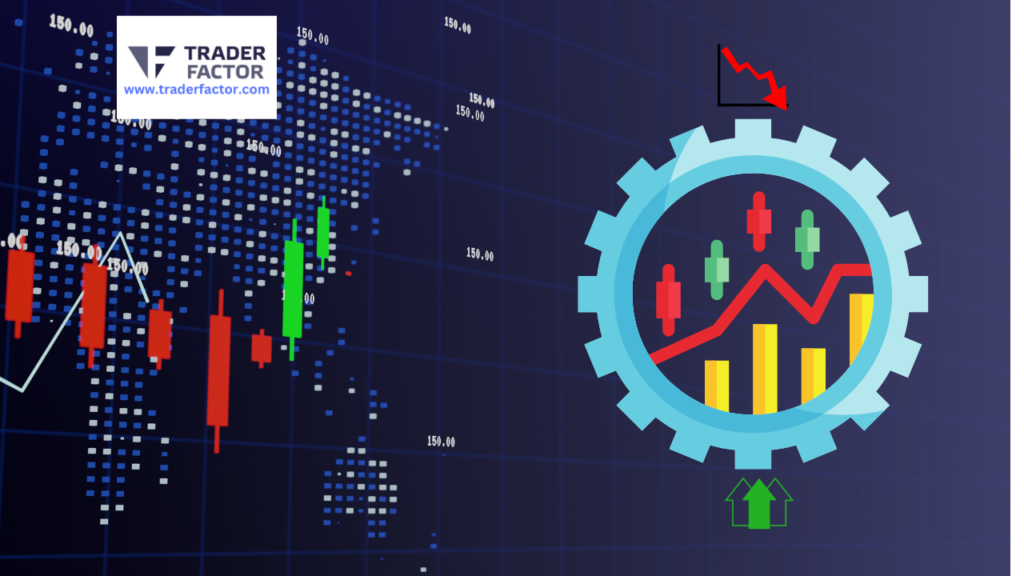
What is forex trading?
Forex, or the foreign exchange market, is where you can trade currencies from around the world. It’s the largest and most liquid market in the world, with over $5 trillion being traded daily.
Forex trading involves buying one currency while simultaneously selling another, with the aim of making a profit from the difference in their exchange rates. Currencies are traded in pairs, with the most popular being EUR/USD, USD/JPY, and GBP/USD.
What are the major factors that influence the forex market?
There are several factors that affect the forex market, including interest rates, inflation, political stability, economic performance, and global events. Central banks often have the most significant impact on the forex market, as they can influence interest rates and control the supply of money in the economy.
Traders also pay close attention to economic indicators, such as GDP growth, employment rates, and consumer price index (CPI) data, as these can signal potential changes in the market.

What are the different types of forex orders?
Forex orders are used by traders to buy or sell currencies at specific prices. The most common types of forex orders include market orders, limit orders, stop orders, and trailing stops. A market order is executed immediately at the current market price, while a limit order allows traders to specify the maximum or minimum price at which they are willing to buy or sell a currency.
Stop orders are used to limit losses, while trailing stops allow traders to lock in profits by adjusting their stop loss level as the market moves in their favor.
What is leverage in forex trading?
Leverage is a tool that allows traders to control larger positions than their initial investment would allow. For example, if a trader has a 1:100 leverage ratio, they can effectively control $100,000 worth of currency with a $1,000 investment.
While leverage can magnify profits, it also increases the risk of losses. It’s essential to use leverage wisely and to have a solid risk management strategy in place to avoid losing more than you can afford.

What are some common forex trading strategies for beginners?
Some popular forex trading strategies include trend following, breakout trading, and range trading. Trend following involves identifying the direction of a trend and trading in that direction, while breakout trading looks for price movements beyond significant support or resistance levels.
Range trading involves identifying areas of consolidation in the market and buying at the lower end of the range and selling at the upper end. Other strategies include position trading, scalping, and day trading, each with its unique advantages and risks.
What are higher highs and higher lows in forex?
In forex trading, higher highs and higher lows refer to a bullish trend in the market. Higher highs occur when the price of a currency pair reaches a new high point that is greater than its previous high.
Higher lows occur when the price of a currency pair reaches a low point that is higher than its previous low.
Together, these two patterns indicate that buyers are willing to pay more for the currency pair, which suggests a strong uptrend.
Traders often look for these patterns as a signal to enter a long position, hoping to profit from the continued upward momentum of the currency pair.

What are retail market makers in forex?
Retail market makers in forex refer to brokers who act as counterparties to their clients’ trades rather than executing them on a centralised exchange. These brokers set their own bid and ask prices and earn revenue from the spread between them.
Retail market makers generally provide trading platforms with easy access to the forex market, low initial deposits, and leverage.
However, they may be subject to conflicts of interest since they are trading against their clients and have an incentive to see them lose money.
It is important for retail forex traders to do their due diligence when selecting a broker and understand the risks associated with trading forex.
What is the best time frame to trade forex?
The best time frame to trade forex depends on your trading strategy and personal preferences. Generally, there are four main types of time frames:
Scalping
This involves making numerous trades within a day that last only a few minutes each. This is a popular technique for traders who are looking to make small profits on multiple trades.

Day Trading
This involves opening and closing a position within the same day. Day traders typically use shorter-term charts like the hourly or 15-minute charts.
Swing Trading
This involves holding positions for several days to a few weeks. Swing traders typically use longer-term charts like daily or weekly charts.
Position Trading
This involves holding positions for weeks, months, or even years. Position traders typically use longer-term charts like monthly charts.
During bullish markets, traders may look to enter long positions to take advantage of upward momentum. During bearish markets, traders may look to enter short positions to take advantage of downward momentum.
It’s important to note that different time frames can show different market trends, so it’s important to conduct thorough analysis before making any trades.

Conclusion
Understanding the structure of the Forex market is essential for successful trading. Forex market structure can be complex but exploring price patterns and using risk management strategies can help you navigate this ever-evolving marketplace.
Having a complete understanding of the basics, from terminology to liquidity to risk, will set up traders for greater success in their trading journey.
Make no mistake: Keeping up with developments in this dynamic market isn’t easy, but with effective research and practice, it can be done.
If you find yourself struggling or wanting to get a better understanding of Forex market structure, contact TraderFactor for professional guidance and support from experienced experts. We can provide you the knowledge necessary to best prepare yourself for navigating these high-risk monetary waters.

Disclaimer:
All information has been prepared by TraderFactor or partners. The information does not contain a record of TraderFactor or partner’s prices or an offer of or solicitation for a transaction in any financial instrument. No representation or warranty is given as to the accuracy or completeness of this information. Any material provided does not have regard to the specific investment objective and financial situation of any person who may read it. Past performance is not a reliable indicator of future performance.

